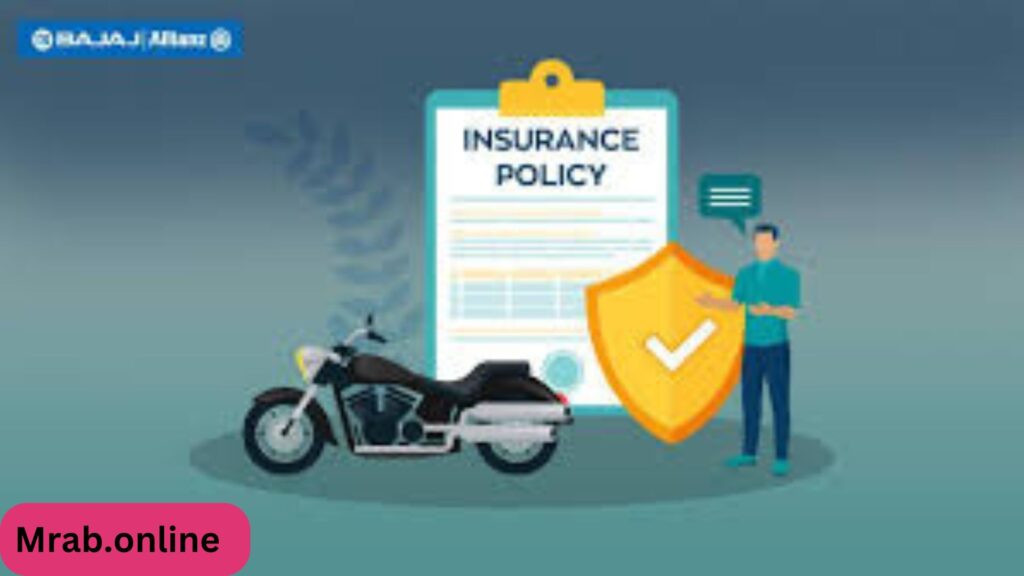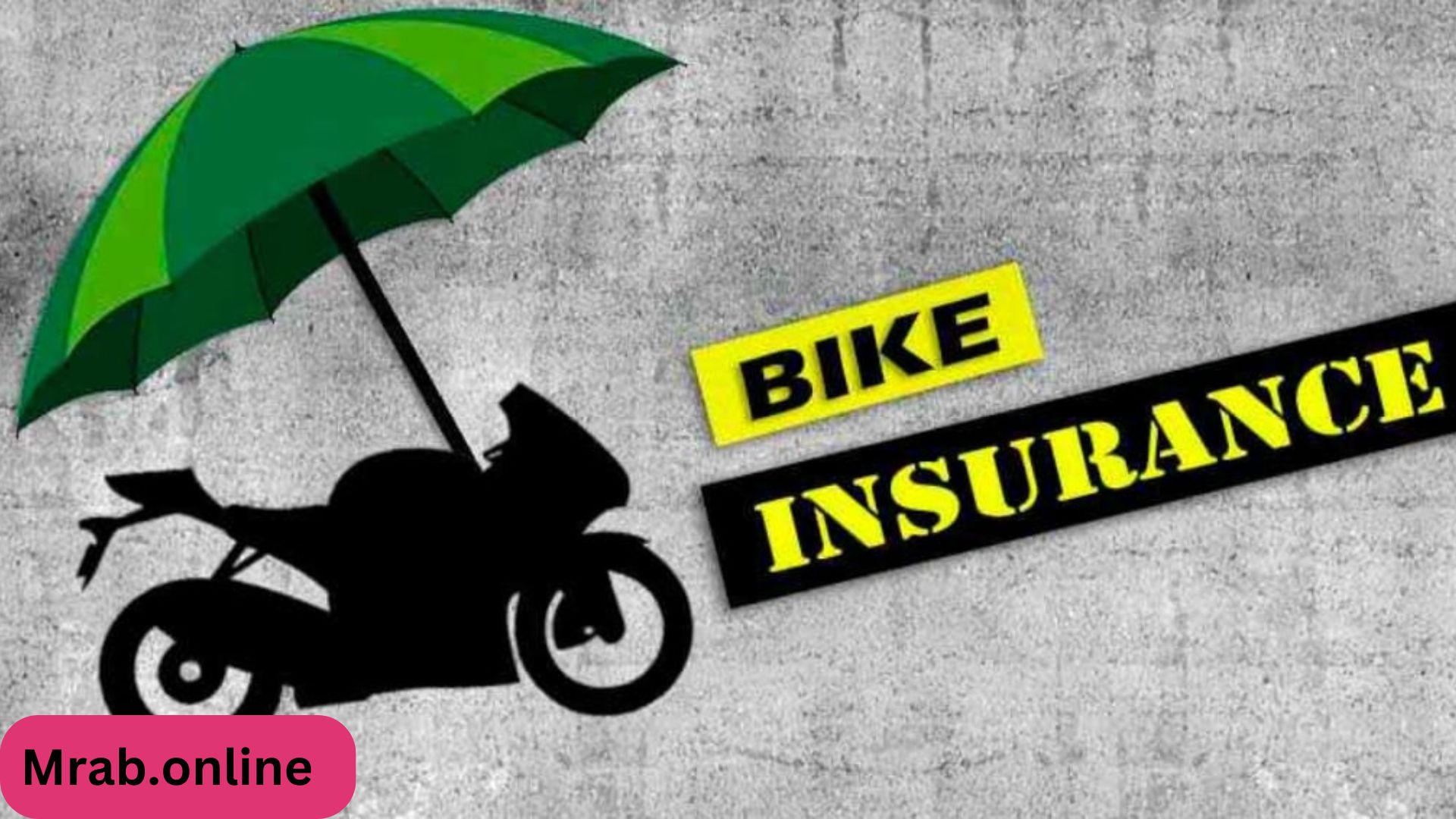Owning a bike, whether it’s a high-performance motorcycle or a modest scooter, brings a sense of freedom and convenience. However, along with the joy of riding comes the responsibility of protecting yourself and your vehicle from potential risks. Bike insurance is essential for ensuring financial security in case of accidents, theft, or other unforeseen events. This article delves into the details of bike insurance, explaining its importance, types of coverage, factors affecting premiums, and tips for obtaining the best policy.
The Importance of Bike Insurance
Bike insurance provides financial protection against a range of risks associated with riding a motorcycle or scooter. Accidents, theft, natural disasters, and vandalism can lead to significant financial burdens. Having the right insurance policy ensures that you are covered for these unexpected events, allowing you to ride with peace of mind.
Legal requirements also underscore the importance of bike insurance. In many regions, it is mandatory to have at least a minimum level of insurance coverage to legally operate a bike on public roads. Failing to comply with these requirements can result in fines, legal penalties, and even the suspension of your riding privileges.

Types of Bike Insurance Coverage
Bike insurance policies typically offer several types of coverage, each designed to protect against different risks. Understanding these coverages is crucial for choosing a policy that meets your needs.
- Third-Party Liability Coverage
- Third-Party Injury: This coverage pays for medical expenses, lost wages, and legal fees if you are responsible for causing injury to another person in an accident.
- Third-Party Property Damage: Covers the cost of repairing or replacing another person’s property that you damage in an accident. This is often the minimum required coverage in many jurisdictions.
- Comprehensive Coverage
- Own Damage: This coverage pays for repairs or replacement of your bike if it is damaged due to an accident, regardless of who is at fault.
- Theft: Protects against the financial loss if your bike is stolen.
- Non-Collision Damage: Covers damage caused by natural disasters (like floods or earthquakes), vandalism, fire, and other non-collision events.
- Personal Accident Cover
- Provides financial protection in case of injury or death of the rider due to an accident. This coverage often extends to cover permanent disability resulting from the accident.
- Add-On Covers
- Zero Depreciation Cover: Ensures that you receive the full claim amount without any deduction for depreciation of bike parts.
- Roadside Assistance: Offers help for on-road emergencies such as breakdowns, flat tires, or battery issues.
- Engine Protection Cover: Covers repair or replacement costs of the engine due to damage from water ingression or oil leakage.
- Accessories Cover: Insures expensive accessories and modifications added to your bike.
Factors Affecting Bike Insurance Premiums
Several factors influence the cost of bike insurance premiums. Understanding these can help you make decisions that could reduce your insurance costs.
- Type and Model of Bike: High-performance bikes or those with larger engines generally attract higher premiums due to their higher repair costs and increased risk of theft.
- Age of the Bike: Older bikes may have lower premiums due to their reduced market value, but they may also be more expensive to repair or replace if parts are scarce.
- Rider’s Age and Experience: Younger riders or those with less riding experience are considered higher risk and typically face higher premiums.
- Geographic Location: Areas with high traffic density, high accident rates, or high theft rates can result in higher premiums.
- Usage: The more you use your bike, the higher the risk of an accident. Bikes used for daily commuting usually have higher premiums compared to those used occasionally.
- No Claim Bonus (NCB): Insurers often offer discounts for each year you do not make a claim. Accumulating NCB can significantly reduce your premium over time.
- Security Features: Installing anti-theft devices or keeping your bike in a secure location can reduce the risk of theft and lower your premiums.
Tips for Choosing the Best Bike Insurance Policy
Selecting the right bike insurance policy involves more than just comparing premiums. Here are some tips to ensure you get the best coverage for your needs:
- Assess Your Coverage Needs: Determine the type of coverage you need based on the value of your bike, your riding habits, and your financial situation. Comprehensive coverage might be more suitable for newer or high-value bikes, while third-party liability might suffice for older models.
- Compare Multiple Quotes: Shop around and compare quotes from different insurance providers. Online comparison tools can make this process easier, allowing you to see various options side by side.
- Check the Insurer’s Reputation: Research the insurer’s claim settlement ratio, customer reviews, and overall reputation. A company with a high claim settlement ratio and positive customer feedback is more likely to provide a hassle-free claims process.
- Read the Fine Print: Carefully review the policy document to understand the inclusions, exclusions, and terms and conditions. Pay attention to details such as deductibles, coverage limits, and any specific requirements for claims.
- Utilize Discounts: Ask about available discounts, such as those for installing anti-theft devices, completing safety courses, or bundling multiple policies with the same insurer.
- Consider Add-On Covers: Evaluate if additional covers like zero depreciation, roadside assistance, or personal accident cover are necessary for your situation. These add-ons can enhance your coverage but will also increase your premium.
- Review and Renew Regularly: Your insurance needs may change over time, so it’s important to review your policy periodically and make adjustments as needed. Ensure you renew your policy on time to avoid lapses in coverage.
The Claims Process
Understanding how to file a claim can save time and reduce stress in the event of an incident. Here are the typical steps involved in the claims process:
- Report the Incident: Notify your insurance company immediately after the incident. Provide all necessary details, including the date, time, location, and a description of the event.
- Document the Damage: Take photos of the damage to your bike and gather any other relevant evidence, such as witness statements or police reports.
- Submit a Claim Form: Fill out the claim form provided by your insurer and submit it along with the required documentation.
- Inspection: An insurance adjuster may be sent to inspect the damage and assess the cost of repairs or replacement.
- Repair Authorization: Once the claim is approved, you can proceed with repairs. Some insurers have a network of preferred repair shops, but you may also have the option to choose your own.
- Settlement: After the repairs are completed or the bike is replaced, the insurer will settle the claim by paying the approved amount, minus any applicable deductibles.
Conclusion
Bike insurance is a crucial aspect of responsible bike ownership, offering protection against a variety of risks. Understanding the different types of coverage, factors affecting premiums, and how to choose the best policy can help you make informed decisions and ensure you have the necessary protection. Regularly reviewing your policy and staying informed about your insurance needs will allow you to enjoy your ride with confidence and peace of mind.
